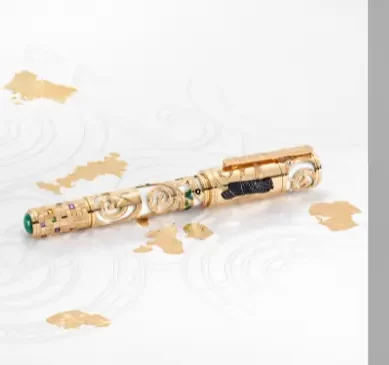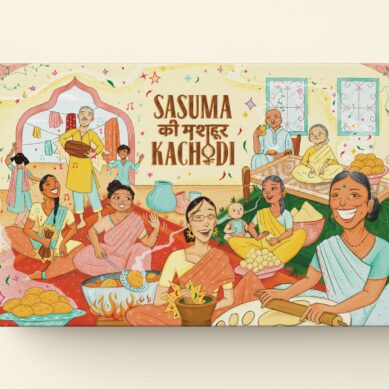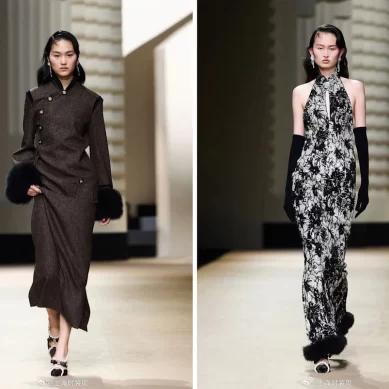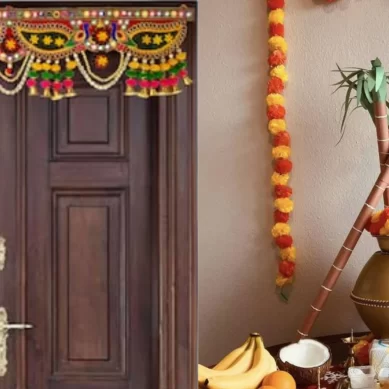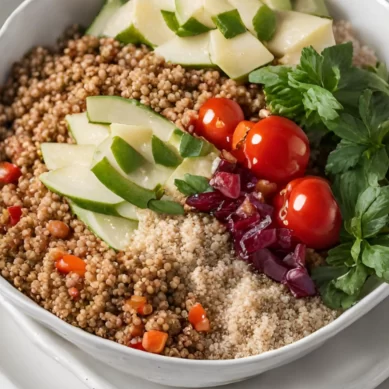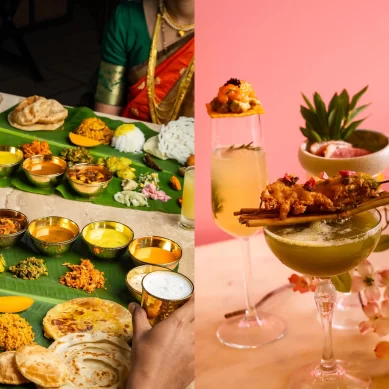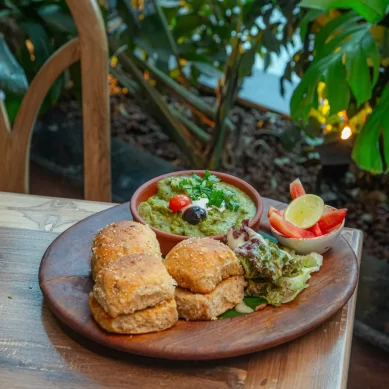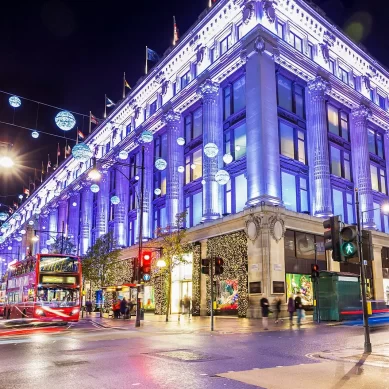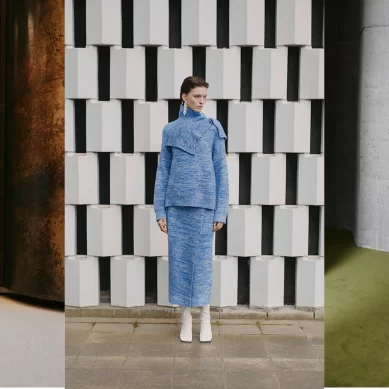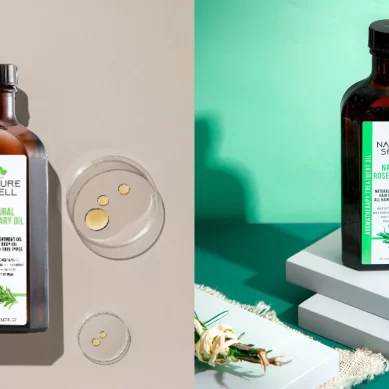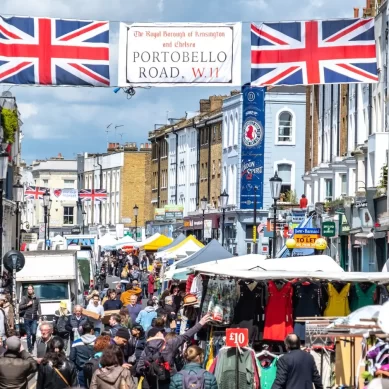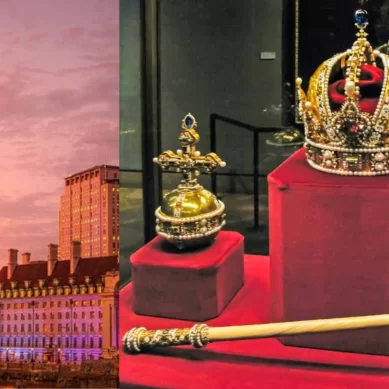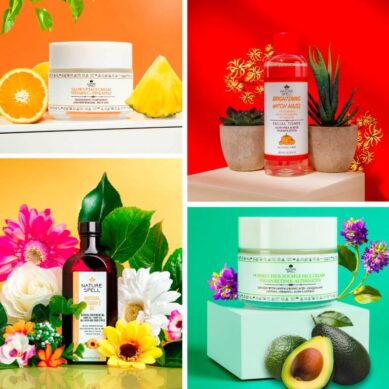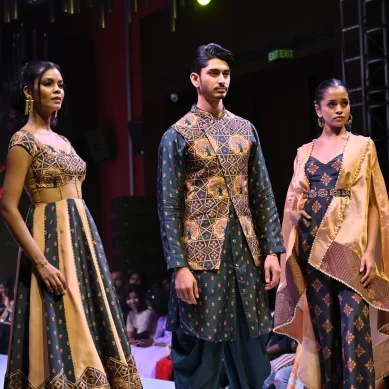Different Types of Tea Colors
To add to the confusion, a tea may assume a variety of colours unrelated to its actual appellation. While it is generally true that yellow tea is yellow and red tea is red, the actual colour of a cup of tea may not always match the label. Only a few varieties of Japanese green tea are truly green, while the preponderance of green teas around the world are more yellow. Despite their orange coloration, raw puerh teas are often mislabeled as “dark tea” or “black tea.” Let’s classify the various hues of tea that you might encounter.
 1. White Tea
1. White Tea
“Pale” tea, also known as white tea, is sometimes so pallid that it almost appears transparent. White teas, which are typically made from the buds of the tea plant and have names such as “silver needle” and “powdered cloud,” tend to have these tints. The colour of sun-dried tea bud blossoms is remarkably pastel. White or pale tea can be transparent to very faint beige in colour.
White tea is the least processed of all the varieties. By harvesting and then sun-drying the leaves and buds, the oxidation process is delayed or stopped entirely. White tea derives its name from the plant’s white buds; however, the tea can be prepared with either old or juvenile leaves.

2.Yellow tea
These hues are among the most prevalent for tea. Green tea is the norm in both China and Japan, and the majority of it has a yellowish hue. Not the infusion but the colour of the leaves lends green tea its name.
This is the rarest of the six different types of tea. Men huan, also known as sealing yellow, is a tea preparation technique analogous to the preparation of green tea. After being pan-fired, the leaves are enveloped in fabric to preserve their distinct aromas. This apparently distinguishes it from other green teas, as it conceals the characteristic grassiness.
 3. Green Tea
3. Green Tea
Green teas of both the light and dark green varieties are commonly regarded as the norm, but they are actually the exceptions. The only teas that consistently emerge this green are fukamushi or teas that have been thoroughly steamed. Green tea tints are also present in matcha green tea powder, which is produced by grinding dried tea leaves into a fine powder and then whisking it into hot water. When you consume the entire leaf, you receive more of the tea’s health benefits and its vibrant colours.
No oxidation occurs in green tea. After being chosen, they are steamed for approximately one minute to prevent further oxidative deterioration. The tea retains its verdant hue and has grassier or more vegetal flavours. Did you know that when green tea is steeped, its colour can change to a dark brown hue? Learn the reason why by perusing this article. My green tea has changed colour; what happened?
 4. Gyokuro tea
4. Gyokuro tea
Occasionally, Gyokuro tea, particularly when prepared as a cold infusion, can acquire these green tea hues. The protracted exposure to shade improves both the flavour and chlorophyll content of the tea. A high concentration of chlorophyll gives the foliage their vibrant green hue. Typically, the brewed tea is a pale yellowish green, but it can sometimes take on a more genuine green hue.
This tea is only partially oxidised and is known as oolong. Although there are numerous varieties of oolong tea, the majority share common characteristics. The oxidation is initially sped up before being slowed down once more. Tea leaves can be harmed to bring enzymes to the leaf surface and expose them to oxygen, thereby accelerating the oxidation process. This initiates the oxidation process, which is subsequently slowed by heating. We recommend the Oolong Miyazaki Sabou to anyone looking for a superior Japanese oolong tea.
5. Orange Tea
Tea is a type of beverage. Tea served with Orange Slices. This is an additional ubiquitous hue of tea. Orange tints are desirable in some types of oolong, white, and dark tea, but are indicative of poor quality in green tea. Orange infusions are typical of oolong tea, and white teas brewed primarily from the leaves as opposed to the blossoms will also produce an orange infusion. Raw puerh is typically orange in pigmentation, whereas aged puerh is typically black.

6. Red Tea
Red tea is one of the few instances in which the colour of the tea and the type of tea correspond. The infusion of red tea, or “black tea,” as it is known in the West, is typically an intense crimson hue. Even though many red teas have already begun to trend towards brown, a closer look reveals a faint red hue when the cup is held up to the light. This may be one of the most visually attractive shades of tea!
Despite being known as “Black Tea” in the English-speaking world, this tea variety is more commonly referred to as “Red Tea” or “Hong Cha” in most of Asia. After harvesting, this tea is allowed to oxidise naturally, as opposed to being boiled. As the foliage change colour, the wine takes on a beautiful hue of amber or crimson.
This variety of tea is also known as “post-fermented” Although “Pu-erh” refers only to black teas produced in the Pu-erh region, this category includes the more popular Pu-erh tea. Dark tea, also known as “heicha,” is a more inclusive term. These teas should be compressed into cakes and aged for an optimal flavour.

7. Black Tea
The hue of black tea is gloomy. Last but not least, black tea is the darkest tea variety. Black tea is known as “red tea” in China and Japan, adding to the already bewildering multitude of tea colours and varieties. This aligns the tea colours with their respective varieties. Heicha refers to post-fermented teas, also known as “dark tea.” The most well-known example of this variety of tea is Pu’erh, a black tea produced in Yunnan. A mature puerh tea’s infusion is as dark as black coffee. This is when the colours and varieties of tea begin to decrease once more. Even by “black tea” standards, this tea is exceptionally dark.

8. Blue Tea
The butterfly pea, or Clitoria ternatea L., is the main ingredient in blue tea, a herbal infusion. Mint, ginger, lemongrass, and cinnamon are common infusion flavourings. The blossoms of the butterfly pea can be any shade of colour, from white to a deep blue. They are blue because they contain anthocyanins, the same antioxidant compounds that give blueberries and other purple fruits and vegetables their colour. Depending on its acidity level, brewed tea can turn red, violet, or green. To make it your own, just add tonic water, lemon, or lime juice. The anthocyanins are what give the tea its signature blue hue and are also credited with its purported health benefits. That’s why it’s been used for centuries in Ayurvedic therapy to treat a wide range of conditions. It’s also worth mentioning that butterfly pea blooms have a long history of use in the culinary and decorative spheres.

Reasons for the numerous hues of tea
The manner in which tea is prepared can alter its colour. There is a relationship between the colour of the tea and the type of tea it is due to the processing method. Next, we will discuss the numerous processes involved in preparing tea and how they influence the beverage’s final colour.
Eliminating Oxidation
The oxidation process has a significant influence on both the type and colour of tea. Green, yellow, and white teas are examples of unoxidized teas, while oolong, red, and black teas are examples of partially or completely oxidised teas. The order in which heat is applied to the foliage accounts for the majority of the differences between the last three methods.
During oxidation, catechins in the tea plant are converted into theaflavins and thearubigans. This procedure transforms the leaf’s green colour into a rich brown hue. The beverage’s hue will transform from yellows and greens to oranges, reds, and browns as it is brewed.
The Fiery/Steaming
The manner in which the tea has been processed, such as by burning, roasting, or steaming, can also affect its pigment. When roasted, the leaves and liquor of roasted teas such as hojicha transform from green to brown or orange. Coffee, caramel, and chocolate are flavours that can elevate the temperature.
Longer steaming periods transform the yellowish hue of fukamushi, or deeply steamed, teas into a rich, dark green hue. This is because during the additional steaming, more leaf material is released into the brew as a consequence of the leaves being broken down. The result is a dark green liquid with a robust flavour.
Aging
It is conceivable for the colour of aged tea to change. This is demonstrated by the transformation of adolescent puerh into fully mature puerh. Typically, Puerh tea has this vibrant orange hue. After being “wet-piled” and aged, these tea colours become opaque and black, resulting in mature puerh. Age and fermentation are responsible for the dramatic change in colour of the tea.
Brewing
Some variations in tea colour result from processing differences rather than differences in the quality of the basic materials. By brewing green tea at a higher temperature, for example, more of these orange tones can be attained. In general, a yellower or greener tea colour corresponds with a smoother and sweeter flavour, so seek for such hues when purchasing Japanese green tea. This should be brewed at a temperature between 140 and 160 degrees Fahrenheit.
When other varieties of tea, such as red tea, oolong tea, and black tea, are overbrewed, their colour becomes darker. You will receive a rich, dark orange rather than a brilliant yellowish orange. Keep this in mind as you learn more about tea preparation and the optimal brewing conditions. The flavour will vary because different temperatures and brewing times will extract varying compounds from the leaves.
The corrosion
Not only is oxidation the most influential factor in determining tea variety, but also tea colour. As previously stated, green, yellow, and white teas are unoxidized, whereas oolong, red, and black teas are either partially or wholly oxidised. The primary distinction between the last three is the order in which heat is administered to the leaves.
The catechins of the tea plant are converted into the aflavins and the arubigans during the oxidation process. This causes the leaf to transform from green to a reddish brown colour. Additionally, the brewed liquid will transform from yellows and greens to orange, ruddy, and brown hues.
The soaring
The final distinction in tea colour results from the steeping process. Ensure that you are not discarding your tea leaves after a single infusion! These can be utilised multiple times, each time producing a distinct flavour. In general, the colour of the tea will begin dark and progressively become lighter with each infusion, although this is not always the case. In the case of fukamushi sencha, the second fermentation actually results in a darker green hue. Enjoy 3 to 4 steepings of each Japanese green tea to ensure you don’t miss out!



